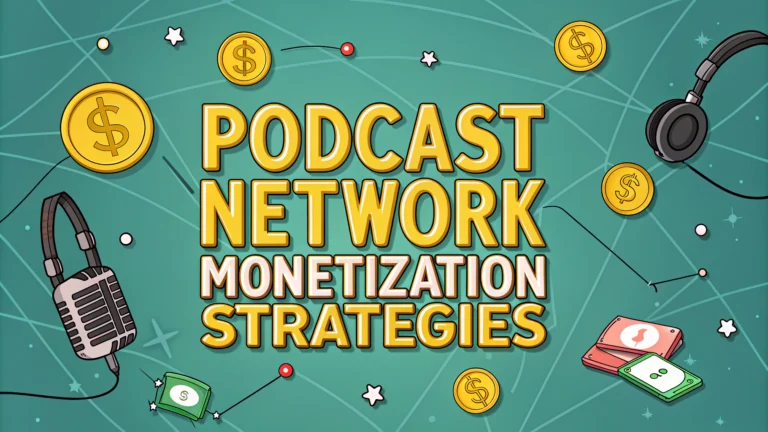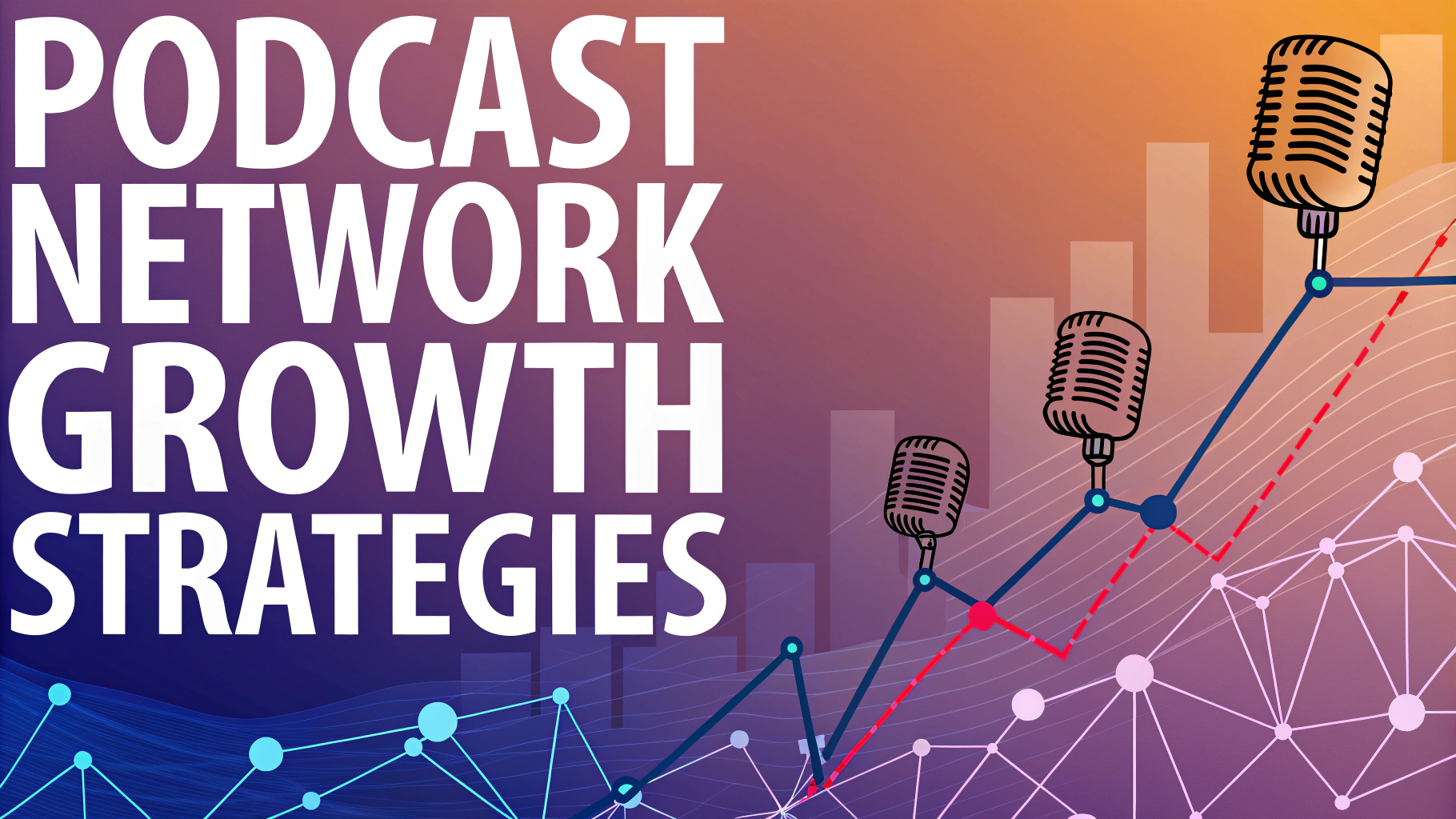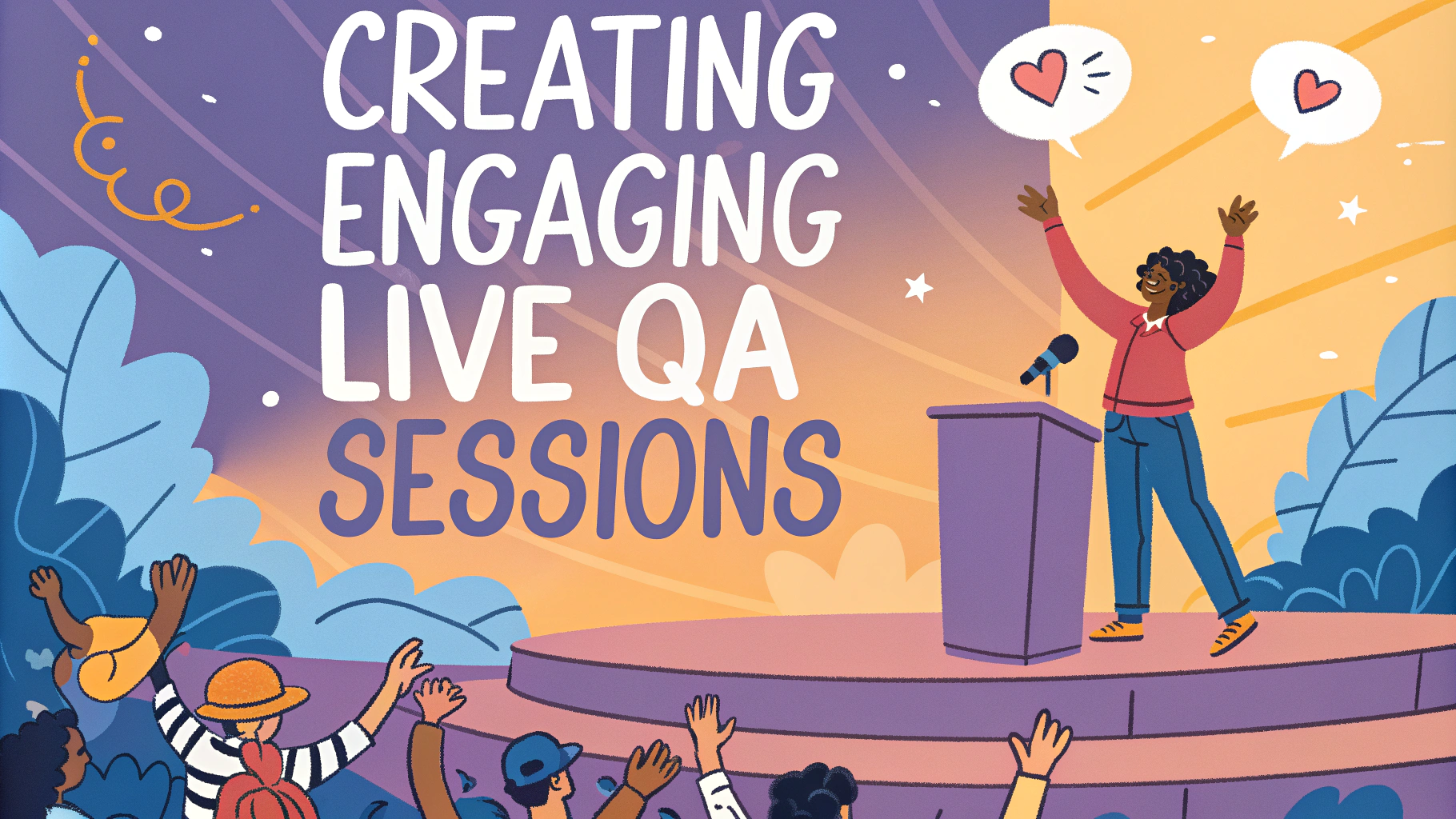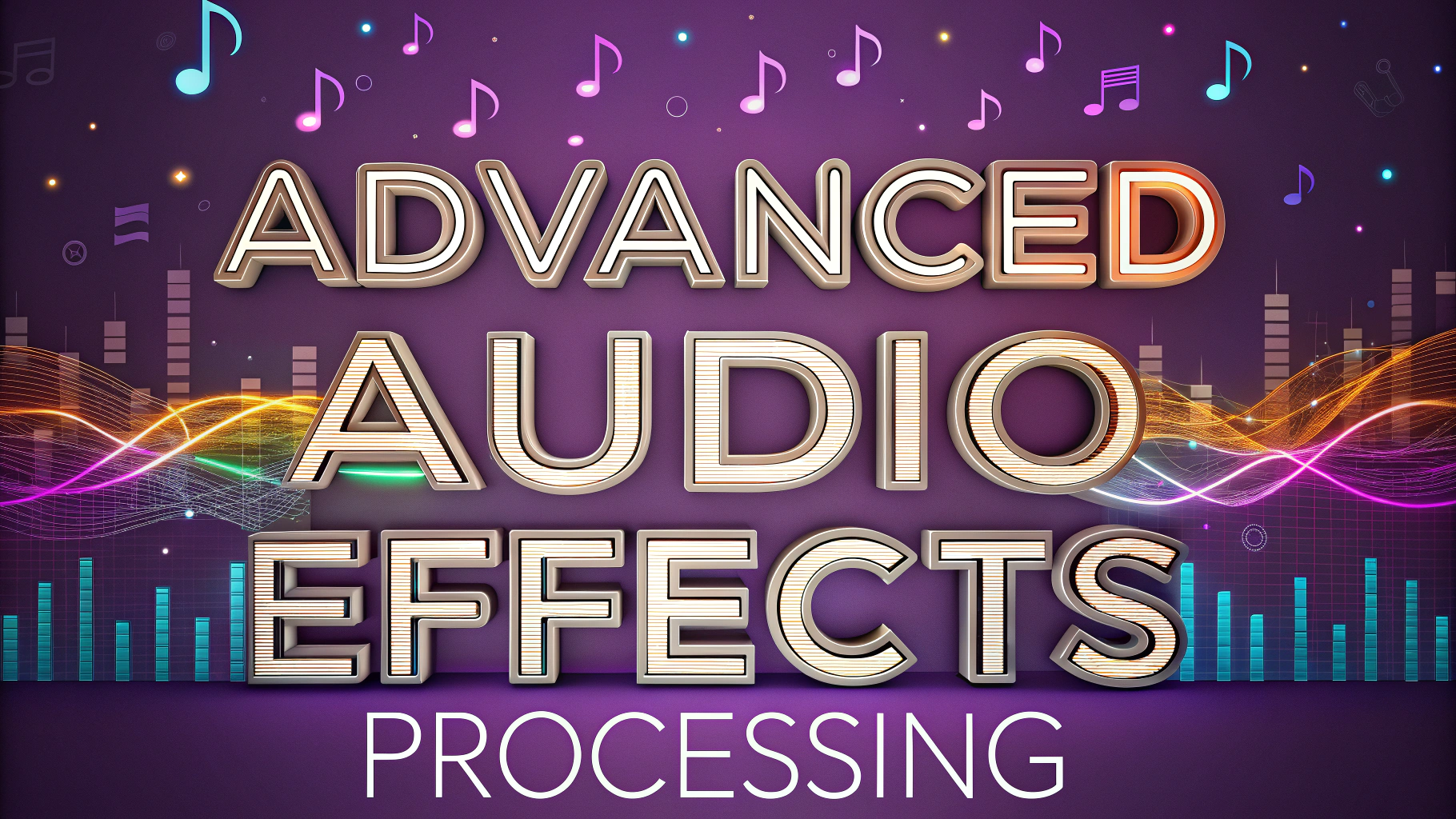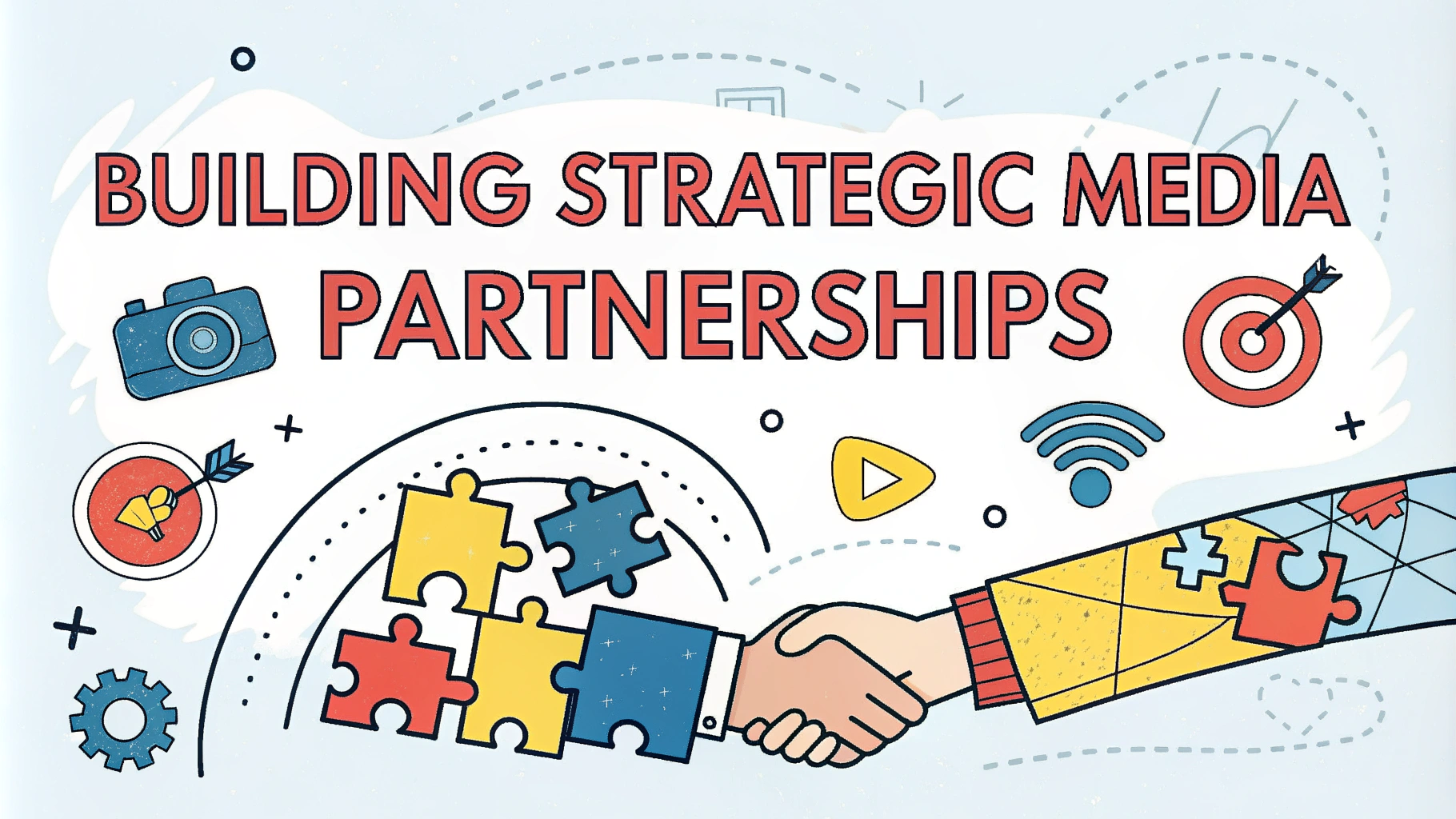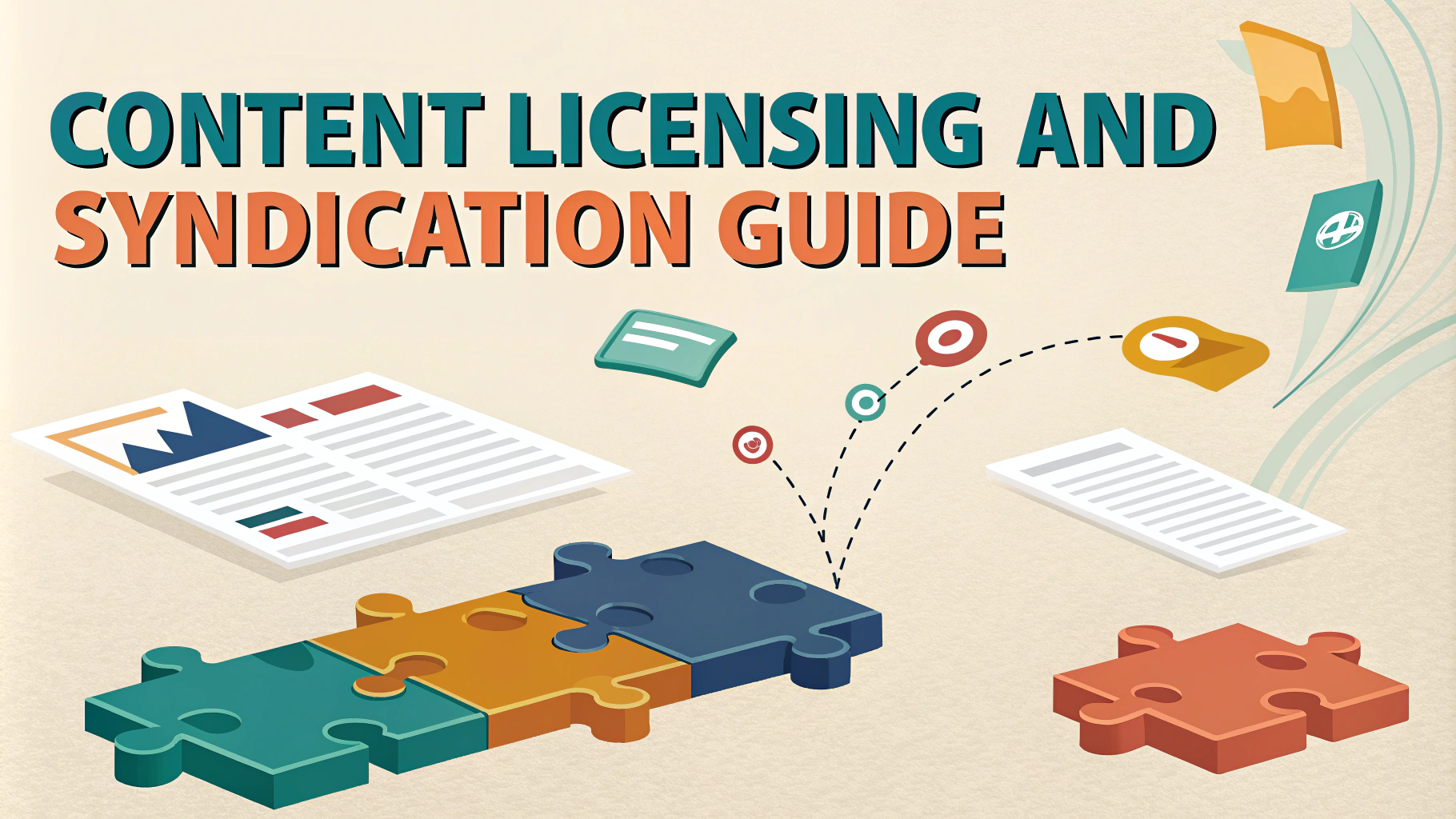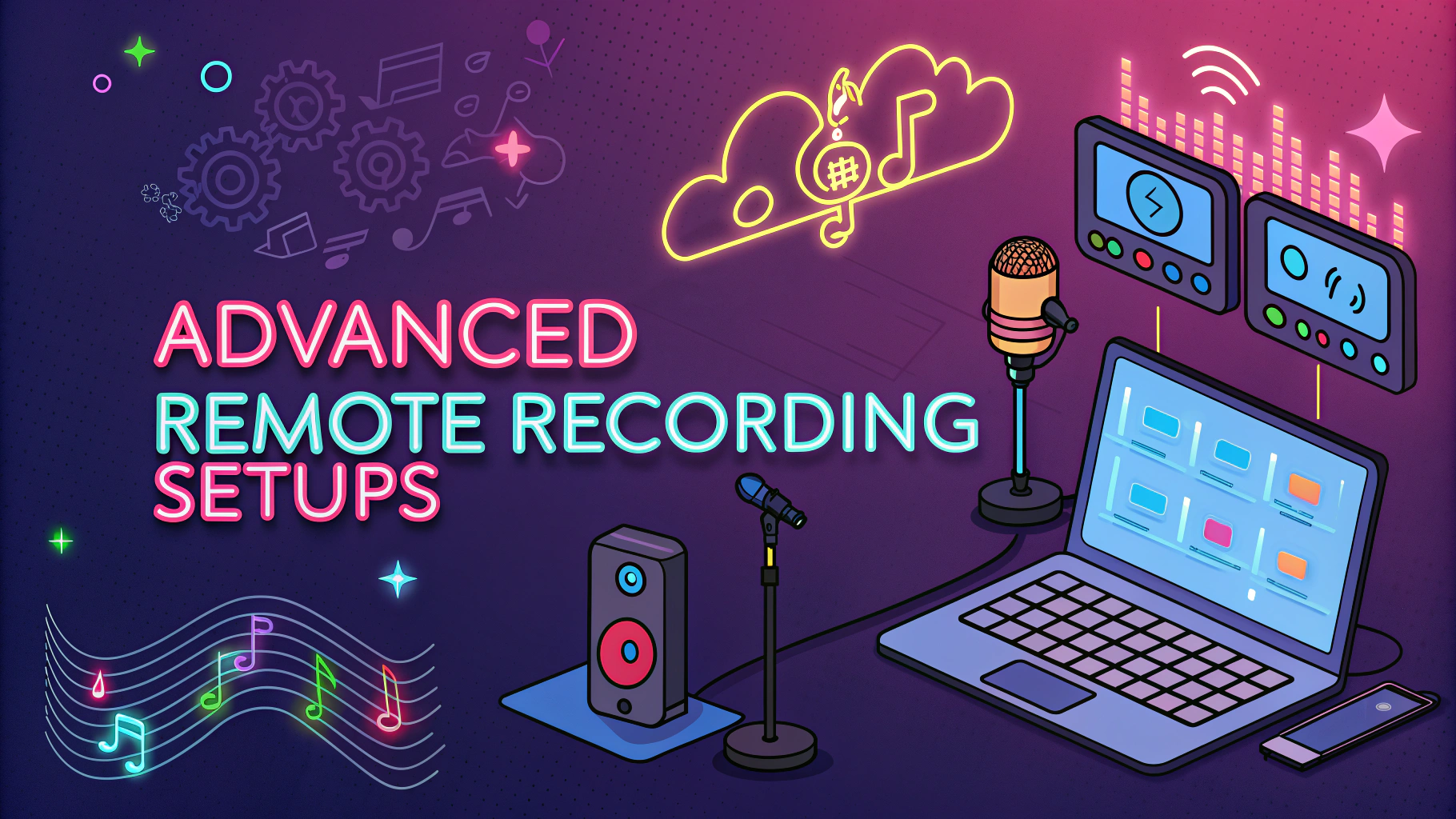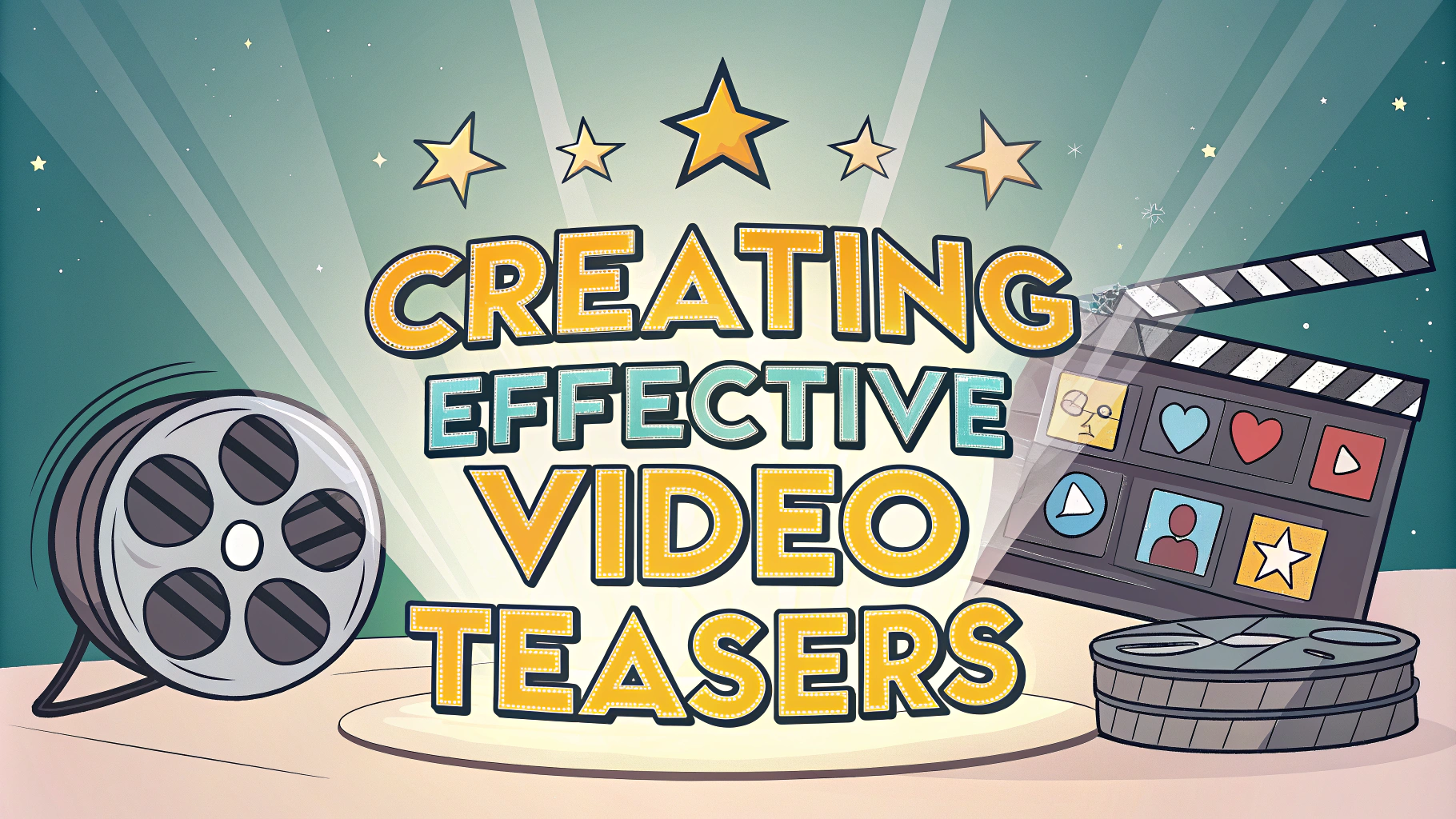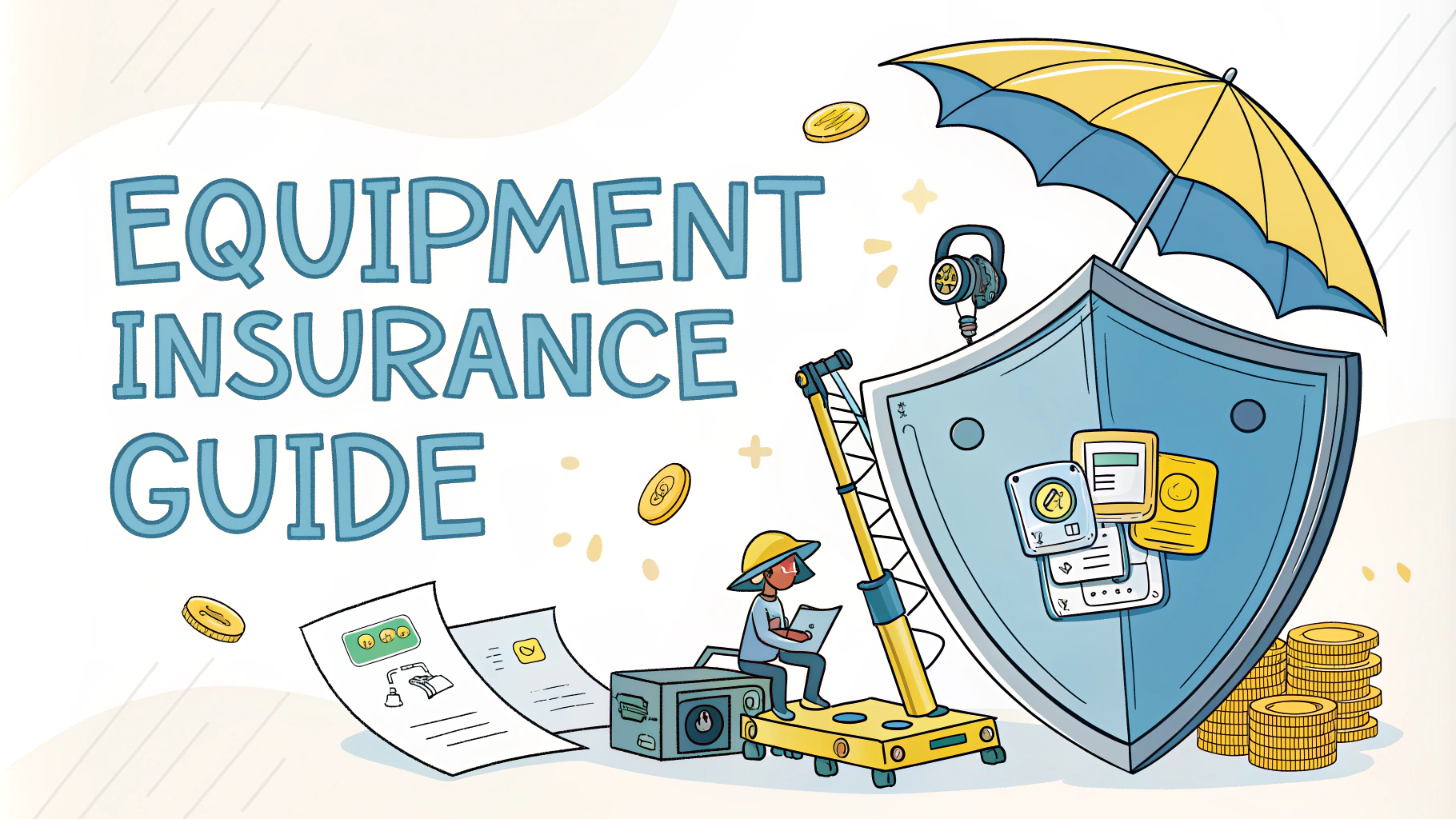Building a podcast network requires strategic monetization approaches to create sustainable revenue streams and support content creators.
Successful podcast networks implement multiple revenue channels rather than relying on a single income source.
This guide explores proven monetization strategies that podcast networks can implement to generate reliable income while maintaining content quality and listener experience.
Direct Advertising and Sponsorships
Dynamic ad insertion technology allows networks to automatically place targeted ads across multiple shows efficiently.
- Pre-roll ads (15-30 seconds at start)
- Mid-roll ads (60-90 seconds during middle)
- Post-roll ads (15-30 seconds at end)
Host-read sponsorship spots typically generate higher engagement rates than pre-recorded ads.
Premium Subscription Models
Membership platforms like Patreon enable networks to offer exclusive content to paying subscribers.
- Ad-free versions of episodes
- Bonus content and extended interviews
- Early access to new episodes
- Behind-the-scenes content
- Direct interaction with hosts
Live Events and Merchandising
Live podcast recordings and tours can create additional revenue streams while building community engagement.
- Ticket sales for live shows
- Meet-and-greet packages
- Branded merchandise (t-shirts, mugs, stickers)
- Limited edition collectibles
Affiliate Marketing and Partnerships
Strategic partnerships with relevant brands can generate commission-based income through affiliate links and promotional codes.
- Amazon Associates Program
- Podcast hosting platforms (Buzzsprout, Podbean)
- Equipment recommendations
- Software and service partnerships
Content Licensing and Syndication
Licensing podcast content to other platforms and media outlets creates passive income opportunities.
- Radio station syndication
- Content adaptation rights
- International distribution
- Educational licensing
Production Services
Networks can offer production services to independent podcasters or businesses.
- Audio editing and mixing
- Show notes creation
- Marketing support
- Distribution assistance
- Consulting services
Crowdfunding and Listener Support
Platforms like Kickstarter or GoFundMe can fund specific projects or network expansion.
- One-time fundraising campaigns
- Monthly support through platforms like Buy Me a Coffee
- Listener donation programs
Building Long-term Success
Track key performance metrics to optimize monetization strategies over time.
- Monitor download numbers and listener engagement
- Analyze advertising conversion rates
- Measure subscriber retention
- Adjust pricing models based on market response
Contact established podcast networks like Wondery or Midroll to learn about partnership opportunities and industry best practices.
Content Diversification Strategy
Developing a diverse content portfolio across different genres helps maximize audience reach and advertising potential.
- True crime and investigative shows
- Business and entrepreneurship
- Health and wellness
- Entertainment and pop culture
- Educational content
Technical Infrastructure
Investing in robust technical infrastructure ensures reliable content delivery and scalability.
- High-quality recording equipment
- Professional editing software
- Content management systems
- Analytics platforms
- Distribution networks
Network Growth and Expansion
Talent Acquisition
Attracting and retaining top podcast talent is crucial for network growth.
- Competitive revenue sharing models
- Professional development opportunities
- Marketing and promotion support
- Technical resources and training
Cross-Promotion
Leveraging cross-promotion between shows helps grow audience across the network.
- Guest appearances on other network shows
- Collaborative special episodes
- Shared marketing campaigns
- Network-wide events
Navigating the Future of Podcast Networks
Success in podcast network monetization requires adaptability and continuous innovation in response to industry changes.
- Stay current with emerging technologies
- Develop multiple revenue streams
- Build strong relationships with advertisers and partners
- Focus on sustainable growth strategies
- Maintain content quality while scaling operations
FAQs
- How do podcast networks typically make money?
Podcast networks generate revenue through multiple streams including advertising sales, sponsorships, subscription models, premium content, merchandise sales, live events, and licensing deals. - What is the average CPM (Cost Per Mille) for podcast advertising?
Industry standard podcast CPM rates typically range from $20 to $50 for mid-roll ads, while pre-roll ads usually command $15-25 CPM and post-roll $10-20 CPM. - What’s the difference between dynamic and baked-in podcast ads?
Dynamic ads can be inserted, updated, or removed from episodes at any time through ad servers, while baked-in ads are permanently recorded into the episode content and cannot be changed. - How important is audience size for podcast network monetization?
While audience size matters, engagement and niche targeting often matter more. Networks can monetize effectively with smaller, highly engaged audiences of 5,000-10,000 listeners per episode. - What percentage do podcast networks typically take from show revenues?
Podcast networks usually take between 30-50% of advertising revenue from member shows, with the exact percentage varying based on services provided and show performance. - How do membership models work for podcast networks?
Membership models offer exclusive content, ad-free listening, early access, or bonus material through platforms like Patreon or private RSS feeds for a recurring fee. - What metrics do advertisers look for when choosing podcast networks?
Key metrics include download numbers, listener demographics, engagement rates, average listen-through rates, and audience geographic distribution. - How do podcast networks handle revenue distribution among multiple shows?
Networks typically distribute revenue based on individual show performance metrics, with considerations for download numbers, ad inventory sold, and specific show agreements. - What role do programmatic ads play in podcast network monetization?
Programmatic advertising automates ad buying and placement across network shows, typically at lower CPMs than direct sales but with broader reach and easier scaling. - How do cross-promotion strategies work within podcast networks?
Shows within networks cross-promote through ad swaps, guest appearances, and shared content initiatives to grow audience across the network’s portfolio.
